Human skin color is determined not only to what race or nationality it belongs to. In the formation of the shade of the skin depends on its features, or rather, the thickness of the layers; depths of blood vessels; the amount of pigment in the skin and the general condition of the body. The appearance of limited pigmentation in open areas of the body, especially on the face, not only leads to psychological discomfort associated with a change in appearance, but can also cause serious diseases.
Content
Pigmentation: Causes
The ratio of certain colors gives the skin one or another shade. The main color participants are:
- red color, which is formed by oxidized blood hemoglobin (carrier oxygen to tissues) in the smallest arterial blood vessels;
- blue color is represented by restored hemoglobin (tissues giving oxygen) in the human venous system;
- carotinoids, which are present in the epidermis and a stratum layer of the skin;
- black and brown variations are determined by melanin.
It is the pigment melanin plays the dominant role in the pigmentation of the skin. It is synthesized by special cells with melanocytes, which are located in the deep layers of the skin. Its main function is the protection of genetic material in cell nuclei from the damaging effect of solar radiation. In addition to the action of ultraviolet radiation, the nervous and hormonal systems of a person also affect the production of melanin.
The main causes of pigmentation disorders are as follows:
- ultraviolet radiation, both when exposed to sunlight and when visiting a solarium;
- a shift in the hormonal system as a result of the use of drugs that change the work of endocrine organs during pregnancy or menopausal changes in the body;
- liver diseases - more often with lesion of hepatitis viruses;
- injury of the skin: at the place of damage (often deep), an increase in the concentration of the pigment is possible, which will lead to darkening of the skin;
- violation of skin care rules: the use of poor -quality cosmetics and improper conducting aesthetic procedures can increase the threshold of skin sensitivity to ultraviolet rays;
- natural aging of the skin: with age, a change in biochemical reactions occurs, as a result of which the concentration of pigments changes and pigmentation occurs;
- genetic disorders: for example, when there is no melanin production, and the skin, the rainbow shell of the eye is defenseless before ultraviolet rays. Such people are called albinos;
- the consequence of the transferred acne: local increased pigmentation can form on the skin after transferring acne and other skin diseases;
- taking drugs: some medications have the ability to increase the sensitivity of the skin to ultraviolet radiation. This property is called photosensitization. This is necessarily indicated in the instructions for the use of the medicine.
Varieties of age spots
Dermatologists distinguish many disorders of the pigmentation of the skin, which differ in origin, the content of melanin, prevalence, time of occurrence and depth of the pigment. However, the following pigment spots are most common.
1. Chloe. Yellowish-brown spots of irregular shape, but with clear outlines and different in size. Chloeism more often appears on the face, but sometimes it can also form on the inner surface of the thighs and abdomen. Most often occurs in women when the hormonal background changes. It can be observed in girls during puberty, in pregnant women, with gynecological diseases and taking oral contraceptives due to the hanged sensitivity of melanocytes to the female sex hormone estrogen. However, most often the trigger of chloasma is solar radiation. Typically, chloasism disappears after the first menstruation, childbirth, eliminating the causes of gynecological problems or stopping taking tablet forms of contraceptives. Separately, hepatic chloasmus is distinguished, which occurs in chronic liver diseases, and is located in the cheeks and neck.
2. Local pigmentation above the upper lip. This type of pigmentation can be observed both with a change in the hormonal background associated with pregnancy or menopause, and with diseases of the thyroid gland, gastrointestinal tract, adrenal glands.
3. Lentigo. This type of hyperpigmentation can be represented by both a single spot and multiple spots of black and brown or brown color, rise above the skin level. The spots have clear boundaries, often round or oval shape, and are located on the face, hands, neckline:
- youth Lentigo: most often due to genetic factors and manifests itself during the first 10 years of life with plentiful point pigment spots on the body and, in rare cases, on the face;
- senior Lentigo: manifests itself in old age in areas of the body, which were most exposed to solar exposure. It differs from youthful larger sizes (up to 2 cm in diameter).
4. Moles. This type of pigmentation is also called nevi and maternity spots. They can be not only congenital, but also appear throughout a person’s life. This is the most diverse group of age spots in color, size, appearance and structure. For example, a moor-brown color will have a dark brown color if it is formed by the accumulation of melanocytes, and if the structures of blood vessels participated in its formation, then the shade will be reddish. Nevovs are found in all people, and usually do not bring concern. But in some cases there is a rebirth into a malignant tumor. Therefore, it is necessary to observe the moles, and, in the case of a change in the form, outline, the appearance of discomfort, contact a dermatologist immediately.
5. Freckles. These pigment spots are much less common than moles, because they meet people with a red or bright type of hair. The second name of the freckles is Efelids, which means “solar stands” in the Greek language. They differ in small sizes, have a golden hue, and appear on the face and body from the effects of ultraviolet rays. Prone to large and symmetrical cluster. In the winter, freckles either disappear altogether or significantly pale.
6. Vitiligo. It is a type of hypopigmentation, i.e. There is a decrease or complete disappearance of the pigment in a certain area of \u200b\u200bthe skin. The cause of vitiligo can be both hereditary factors and the effects of certain chemicals or drugs.
Prevention of the appearance and treatment of age spots
Subject to certain preventive measures, it is possible to prevent the appearance of some types of age spots:
- avoid the effects of the sun on the skin during its high activity (from 11 to 17 hours);
- it is imperative to regularly use sunscreen with SPF (sunscreen), which is intended for a specific type of skin;
- avoid prolonged exposure to the sun during pregnancy and when taking hormonal contraceptives;
- when taking some drugs that have photosensitizing properties, avoid ultraviolet radiation, or (after consulting a doctor) change the drug;
- do not apply colognes, essential oils, perfumes to open areas of the body in sunny weather;
- eat foods that are rich in vitamins A, C, PP and antioxidants.
If a change in the pigmentation of the skin occurs, it is recommended to turn not only to a professional cosmetologist, but also to a dermatologist. It is necessary to start the treatment of age spots with the elimination of the causes that caused them. And to find them, it is impossible to do without a specialist.
If the reason is eliminated, and the pigment spots remain, or if there is no way to influence the cause, then they resort to the following methods of getting rid of pigmentation.
- Chemical peeling. It is based on the use of chemical agents (trichlororosus, retinoic and other acids) to stimulate cell change processes affected by hyperpigmentation to new cells with normal coloring:
- superficial peeling is used to lighten shallowly lying age spots;
- middle for exposure to age spots in deeper layers of the skin.
- Mesotherapy helps to clarify pigmented areas by introducing hyaluronic acid with bleaching complexes into the middle layers of the skin. Not only the lightening of the pigment spot occurs, but also the rejuvenation of the skin.
- Mechanical dermabise has proven itself well in the removal of post -component age spots. The dermatocosmetologist will tell you which type of dermabrasion (microcrystalline, diamond or manual grinding) is suitable in a specific clinical case. After its use, the processes of tissue restoration and cell renewal are launched, and skin hyperpigmentation also disappears.
- Laser peeling. It is carried out only in specialized medical institutions with qualified doctors. Lasers differ in wavelength and the mechanism of exposure. The technique is based on the ability to destroy melanin in affected areas of the skin, and thus remove excessive pigmentation without affecting normal skin. It is usually necessary to carry out 2-3 procedures with an interval of 1 month.
- Photoication. This technique uses the energy of the light wave. The thermal destruction of the pigment under the influence of high -energy light occurs. In this case, the processes of the production of collagen and elastin are launched. Immediately after the procedure, age spots do not disappear - this method only triggers the processes of destruction of melanin in the affected area. 3-4 procedures are necessary.
- Whitening cream. To remove pigmentation, cosmetologists often resort to the use of bleaching creams. Most often, the whitening cream includes a fairly toxic substance hydrochinon and its derivatives. Its action is based on a slowdown in the activity of melanocytes and the lightening of pigmented areas. Its use in pregnancy and breastfeeding is strictly contraindicated. The same contraindications in the cream, which includes mercury. And although this is a very effective tool for pigmentation, it cannot be used for a long time due to high toxicity.
A popular remedy is a cream that contains azelainic acid. It is especially highly appreciated by those who have age spots formed after an acne, because In addition to the brightening effect, the cream has an anti -inflammatory effect.
The cream, which contains the substance of Trudinoin, is no less effectively fighting with age spots. However, in order to get the desired effect, it must be used for a long time (at least 40 weeks). Its action is based on blocking the synthesis of melanin pigment.
Be sure during the use of a bleaching cream, to avoid its entering normal areas of the skin in order to avoid its clarification. And to achieve the maximum effect, you must first use the scrub so that the active components of the cream are not interference for penetration into the deep layers of the skin.
- Natural masks. They include natural components such as lemon, cucumber, currant, parsley and dandelion. The action is quite soft, in comparison with whitening creams, but also less effective. Masks are applied to pigmented areas in the form of gruel or used in the form of fresh juice. It is withstand for 20-30 minutes, and then a nutrient cream is applied to the skin.
One universal method in getting rid of hypo- or hyperpigmentation does not exist. Only an integrated approach, taking into account the individual mechanisms of the occurrence of this problem, will help restore the skin.


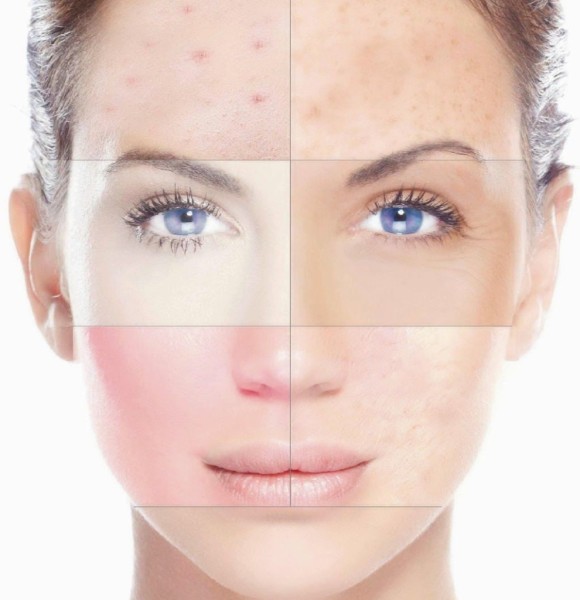
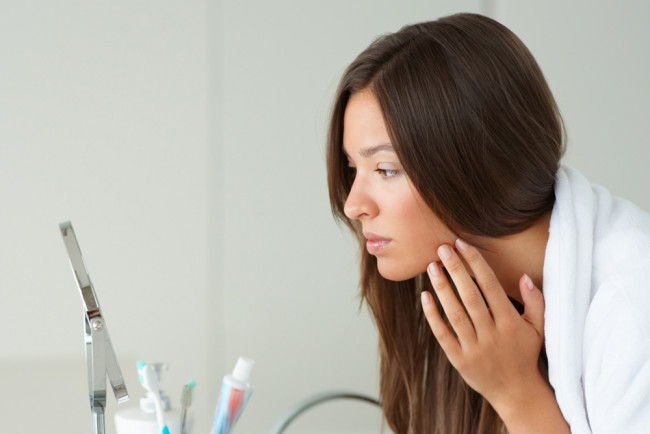
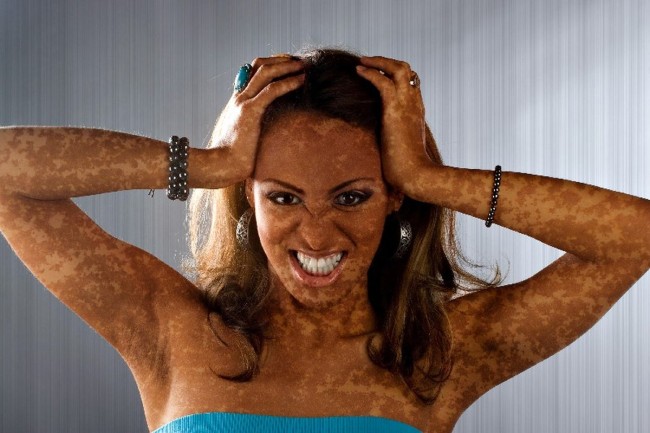
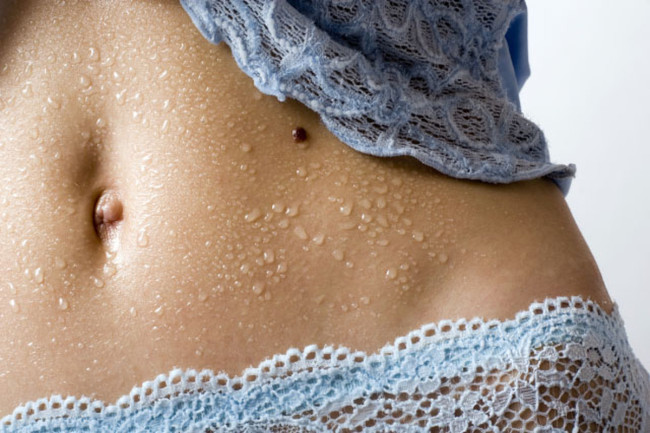

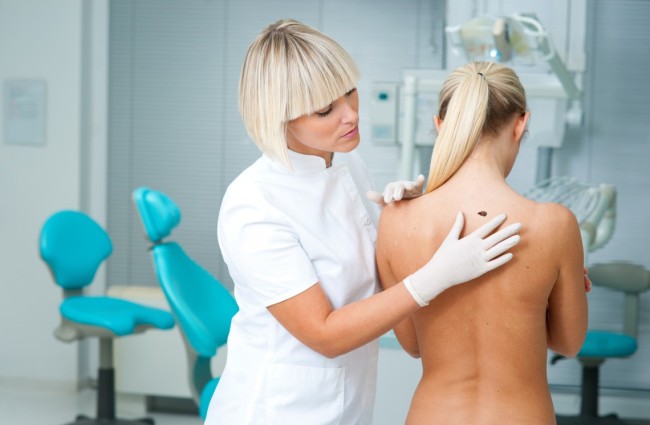
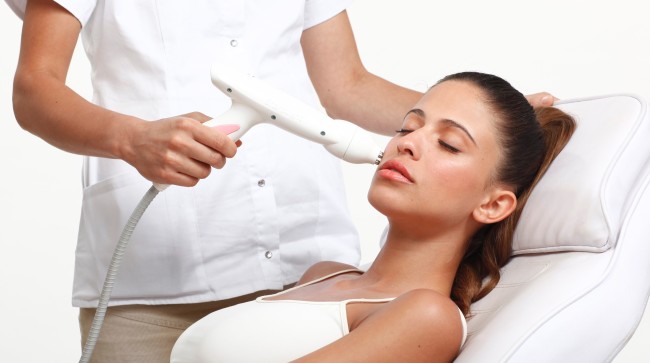
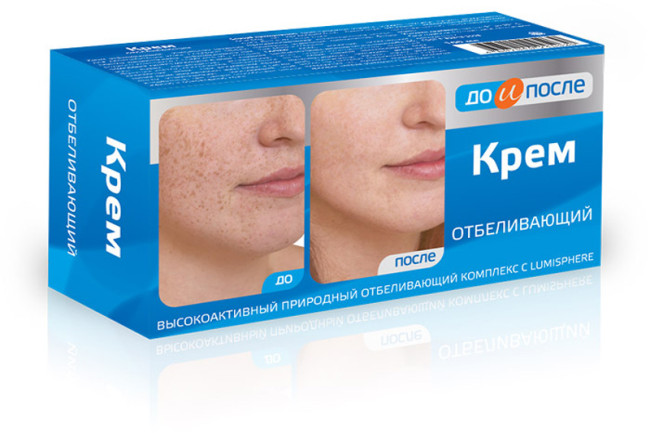
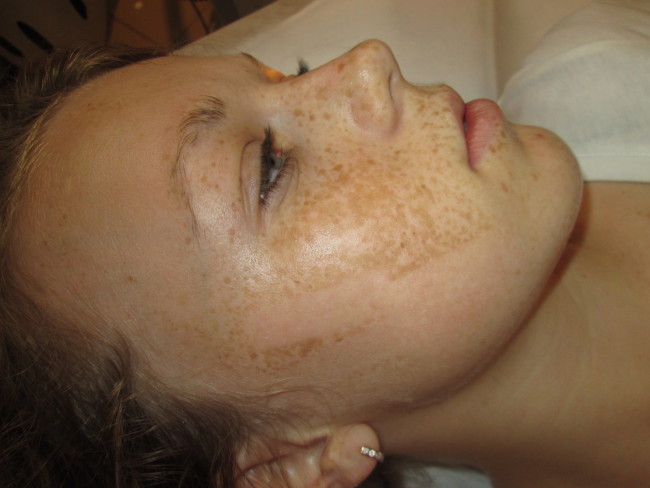

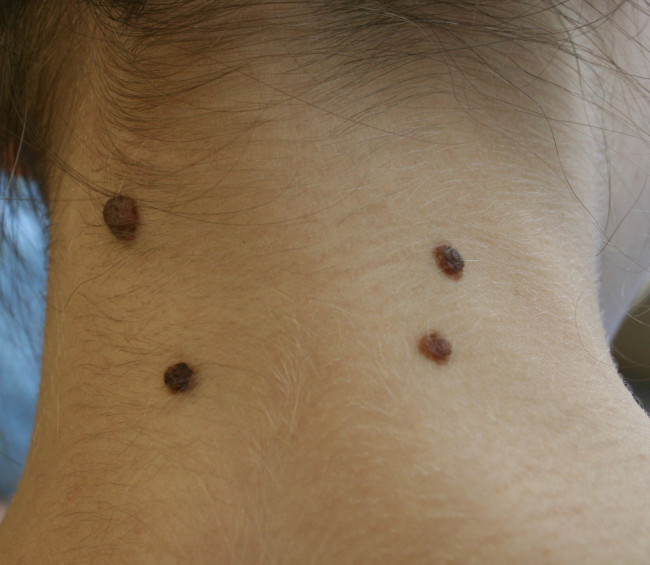
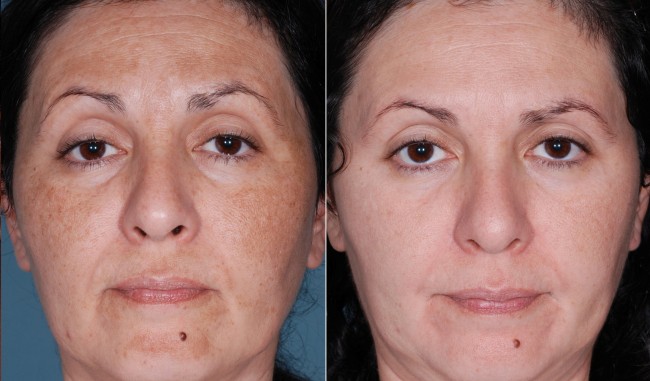
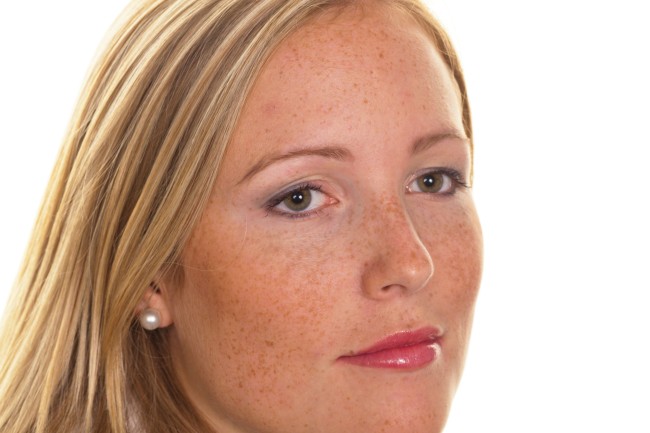

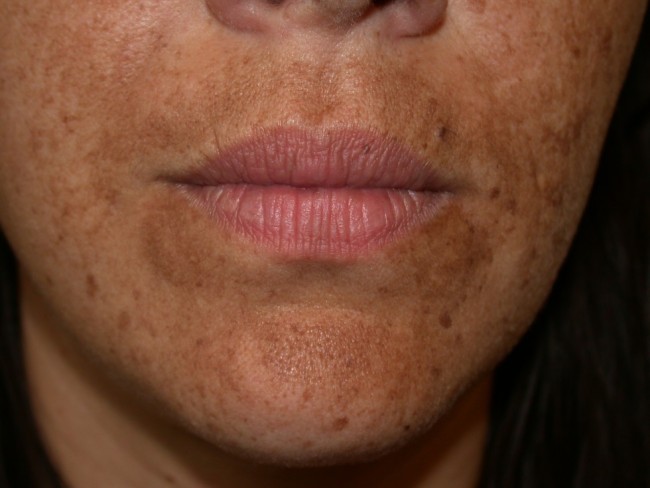
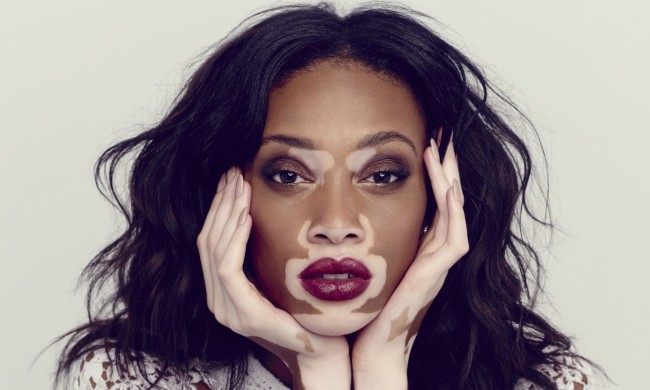








Comments
a couple of years ago, there was no side of metrogils from the same problem, there were no side effects ...
I’m not a fan of peeling at all, it saves from acne of metrogil, it also smoothes it ...
Great article! ...
I take the second course of the Capsules Climafite 911. The tides went very quickly. It became calmer, irritability went away and I sleep well ...
i also noticed - it is worth nervous, everything immediately affects the face. Therefore, I try to avoid conflicts and unpleasant people. Of the creams, I like Miaflow from wrinkles - smoothes not only small wrinkles ...